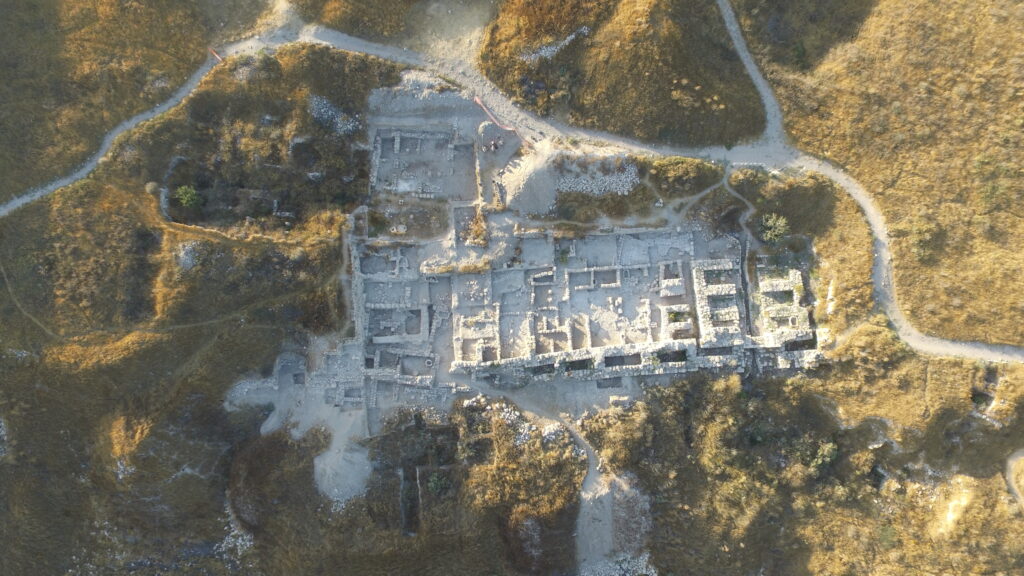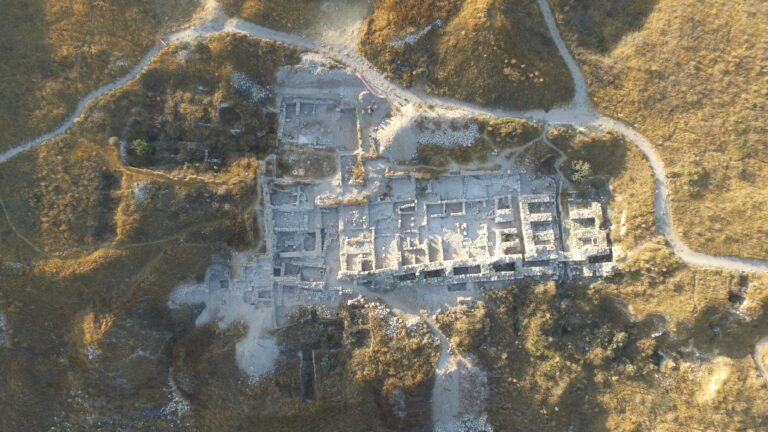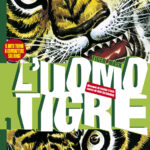Radiocarbon dating meets Egyptology and Biblical accounts in the city of Gezer
New dates allow testing of proposed correlations between texts and archaeological remains
New dates provide detailed insights into the timing of events in the ancient city of Gezer, according to a study published November 15, 2023 in the open-access journal PLoS ONE by Lyndelle Webster of the Austrian Academy of Sciences and colleagues.
Gezer is an ancient southern Levantine city, well known from Egyptian, Assyrian, and Biblical texts and associated with stories of power struggles and significant historical figures. It is also a rich archaeological site with abundant Bronze Age and Iron Age remains and with great potential for research into the daily lives of its denizens. Recent excavations at the site have uncovered a continuous stratigraphic sequence that allows for detailed dating and the establishment of an absolute chronology for events at the site.
In this study, Webster and colleagues obtained 35 radiocarbon dates on organic materials (mostly seeds) from seven distinct stratigraphic layers at Gezer. These dates range from the 13th to the 9th centuries, a time period that covers numerous significant changes in the city, including multiple destructive events, rebuilding episodes, and the fortification of the city. Some of these events have been proposed to be linked to certain stories from ancient texts.

This study provides a detailed dataset that can be used to test proposed correlations between the archaeological record and ancient texts. These dates suggest, for example, that the correlation of a certain destructive episode with the actions of the pharaoh Merneptah is plausible, while the proposed link between another such episode and the campaign of Hazael is not. Ultimately, this new dataset provides an independent source of absolute dates that will allow researchers to better understand the events at Gezer and to place them in a regional perspective.
The authors add: “The development of a radiocarbon-based chronology at Tel Gezer – a site with uniquely rich historical connections – illustrates the crucial role radiocarbon dating can and must play in reconstructing individual site histories, resolving long-running debates and testing possible correlations between archaeological remains and written sources.”
Bibliographic information:
Webster LC, Wolff SR, Ortiz SM, Barbosa M, Coyle C, Arbino GP, et al. (2023) The chronology of Gezer from the end of the late bronze age to iron age II: A meeting point for radiocarbon, archaeology egyptology and the Bible, PLoS ONE 18(11): e0293119, DOI: https://doi.org/10.1371/
Press release from PLoS ONE.



